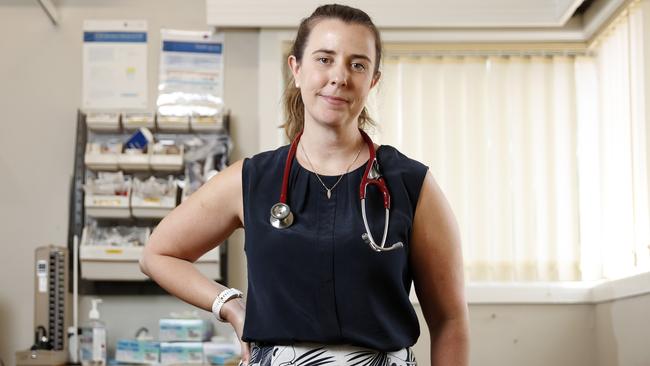Rural primary healthcare in crisis as GP registrar enrolments crash
People with diabetes are developing life-threatening complications and swamping hospitals amid a critical shortage of doctors in primary care.

People with diabetes are developing life-threatening complications and swamping hospitals amid a 22.67 per cent drop in the number of GP registrars enrolling in rural training programs across the nation in the last year,
Doctors are warning the shortage in rural doctors is the worst in 45 years, with an investigation by The Weekend Australian revealing the national diabetes epidemic is pushing hospitals to the brink of collapse.
Devastating accounts from patients and doctors have revealed a vast tide of human suffering as overloaded hospitals struggle to cope with continual admissions from diabetes complications – sometimes requiring amputations – largely due to a failure in the primary care health system leaving thousands of patients vying to access preventive care.
“We’re at a turning point now where we need to invest in general practice and general practice training, or we will see it all fall apart in another 20 years,” AMA vice-president and Townsville GP Danielle McMullen said. “Now is the moment we need to get people into the system, be caring for this chronic disease and others to protect our system into the future.
“We need to pivot our investment to make sure we’re really promoting general practice, both from a training and a funding perspective, and make sure that that’s the focus,” Dr McMullen said.
“Because with diabetes you really need a strong primary care sector, people need their GP, they need to be diagnosed before they’re so unwell that they’re in emergency, and they need their GP to provide that diagnosis, treatment and co-ordination with the rest of the healthcare team.”
The Northern Territory has seen the greatest decline in rural intake for GP registrars, marking a 52.63 per cent drop in the past year with just nine medical students applying for the Australian General Practice Training program, followed by northeastern NSW, which has seen a 35.71 per cent drop, contributing to the lowest intake nationally since 2014.
Northwestern Queensland saw a drop of 34.25 per cent, with 73 trainees taking the rural pathway in 2022 and 48 in 2023. Western NSW, western Victoria and eastern Victoria saw drops of 30.30, 19.15 and 18.75 per cent respectively.
In Warialda, in the northeastern NSW region, GP Dianna Coote, 68, fear there will be no replacement if her and her husband leave town or retire – leaving diabetes patients without access to healthcare or medication.
“It’s just going to get worse, if we leave town there won’t be a doctor in town,” Dr Coote said. “There won’t be a doctor to manage the hospital, the nursing home, because you can’t get the GP registrars out here.

“While we stay here the diabetics are kept under reasonable control because I have them come back every three months or six months, depending what their severity is.
“At this moment Warialda’s not too bad but should there not be any doctors to come here then the whole situation will fall apart completely, and that’s what’s happening.
“Bingara’s having trouble getting doctors, Manilla’s having trouble, Barraba hasn’t got a doctor, Wee Waa hasn’t got a doctor. The number of diabetics out at Wee Waa would be huge, and they haven’t got anyone, and they’ve got an Aboriginal population.”
Royal Australian College of General Practitioners president Nicole Higgins says only 13.1 per cent of medical graduates elect to do general practice as a career.
“That really impacts our workforce, especially in rural and regional Australia,” she said.
“Diabetes is largely dealt with in the community and GPs keep people healthy, living longer and out of hospitals. We’re now seeing what’s happening with that lack of investment and the lack of young doctors choosing general practice, that we’re getting people presenting with more complex disease, more complications of diabetes, renal disease, delaying diagnosis, and when people do present often it’s because they’re sicker and require more expensive treatment in hospitals.”





To join the conversation, please log in. Don't have an account? Register
Join the conversation, you are commenting as Logout